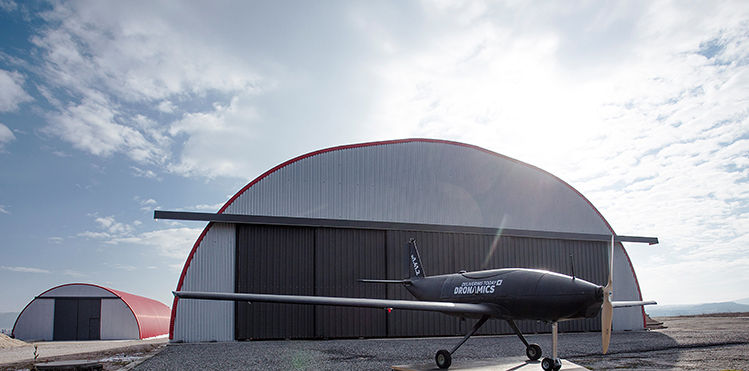With AGS Airport leading the drone supplies delivery trial, Quadrant Smart sits down with Fiona Smith, Project Director, to discuss how AGS plans to develop the UK’s first national distribution network.
AGS is leading the 14 organisation-wide consortia to demonstrate how autonomous drones can play a vital role in the distribution of medical goods – including blood, organs and medicines – to rural parts of Scotland. They have recently secured a £1.5 million fund from the UK Industrial Strategy Future Flight Challenge Fund.
To prove the viability of the network, it is looking at 3 main workstreams. The first looks at the digital twin, which is a great tool to measure the viability and help to optimise the network to find out the best type of drone to use and routes that could be flown.

The second aspect they aim to prove is around overcoming regulatory barriers in terms of flying drones in none segregated airspace. This aspect is about integrating drones into commercial air traffic. Fiona Smith told Quadrant Smart: “Figuring this out is a key enabler in seeing if the network will work.”
Finally, the third piece is around the social perception of a drone network. Fiona added: “Members of the public that are living and working underneath the drones flight path, may have concerns over security, safety, and noise etc. These are the barriers we need to overcome to make this network a reality.”
Widescale use of drones unexplored territory
Fiona explained that “the new market of drones brings a whole range of opportunities that haven’t previously been explored in the UK to this extent. The scale of the project is a real benefit.”
The new market of drones brings a whole range of opportunities that haven’t previously been explored in the UK to this extent.
With the drones working on a point to point basis, this is seen as a huge benefit for the delivery of medical goods, especially in remote parts of Scotland. It allows for faster more efficient delivery of goods.
Facilitating fast response times is something standard forms of medical distribution have struggled with over recent years. Additionally, they have struggled with the NHS’s net-zero goals.
These drones hope to tackle both these issues simultaneously. With the drones operating on electricity and not operating on the roads it combats emission levels and traffic congestion.
Fiona rounded up by saying: “The overall aim of the project is to demonstrate the viability of a network that could support the NHS using drones and the sort of key enabler to demonstrating that is through our digital twin model.”

